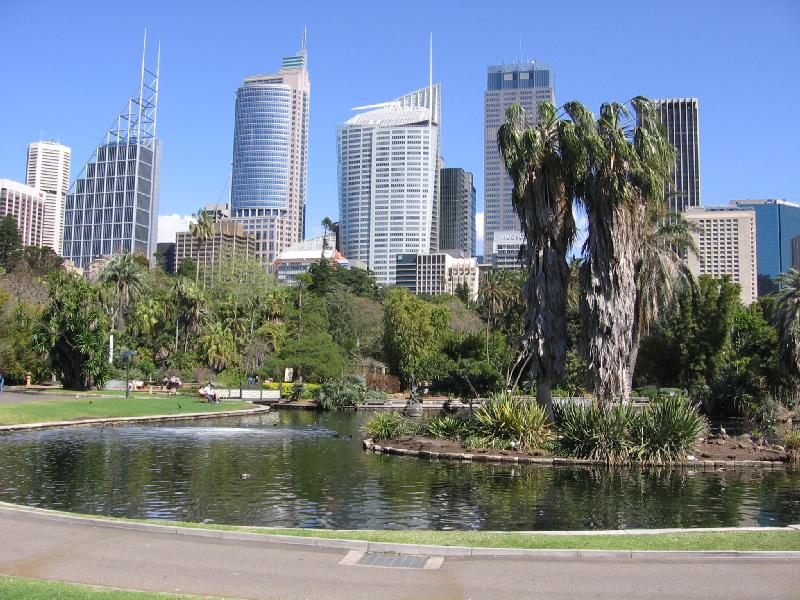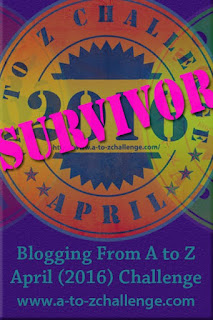All over the world, people pause to remember those who fought and died trying to protect their countrymen. Different countries use unique ways to celebrate and honor their lives. In my opinion, war is a terrible thing. If it can be avoided, I would hope leaders all over the world would choose peace and collaboration over pain and suffering.
In the USA, Memorial Day is celebrated on the last Monday in May. It is a federally declared holiday. Flying our flags, family picnics, parades of soldiers and sailors, decorating cemeteries, and remembering the many who gave of their lives to serve their country are some of the ways it is celebrated.
Like countries everywhere, we have lost millions of lives in our many wars. Today I want to tell you the story about two of my family members who suffered dramatic deaths/wounds that represent the tragedies experienced by almost every family in the world.
World War II saw millions of people all over the world die due both to armed battles, and/or as civilians caught in those fights. In 1943, one of my aunts, my mother’s sister Nancy, had the opportunity to marry her sweetheart Bob while he was home from the war on leave. He was an Air Force Pilot, and she was so proud of him! I wasn’t even born yet, but my mother told us this story many times.
Five sisters participate in their sister Nancy’s wedding to Bob Guthrie in 1943. l to r, Katherine Kerse Buck with husband Roger next to her.The next two adults are Guthries, she is Cilla Guthrie, sister of the Groom. The child is the flower girl, Claudia Burnett Williamson, daughter of Julia Louise Kerse Burnett standing with her. In the middle you see the bride Nancy Langhorne Kerse and her husband Bob Guthrie. Next is Margaret Steptoe Kerse Youngblood, with an unknown man next to her. The last sister shown is Janey Bell Kerse Sommers, and behind her on the end is Cecil Hogue Youngblood, Margaret’s husband, my father.
When their boyfriends and husbands were at war, several of my mother’s six sisters lived together in an apartment. My mother Margaret and her sisters Nancy and Julia lived together. After having been married for a very short while, Nancy was missing her husband terribly. One Saturday afternoon, she napped in her room. Suddenly she ran out into the living room crying and talking rapidly. “No, no, no! Bob is dead! Bob is dead, I can’t stand it, I can’t say goodbye!” Her sisters thought she was still sleeping and having a nightmare. However, Nancy soon explained that she awakened to see an image of Bob sitting on the bottom of her bed. She said that he spoke with her kindly, saying he was sorry, but he had to leave her, had to say goodbye. “He told me he loved me, and wanted me to have a good life.” “No!”, she moaned in inconsolable grief, so sure of the reality of her dream. The event shook all of the family, but most believed it was just a dream. However, within 24 hours, two military personnel came to the door and notified Nancy officially that Bob had been killed! The extreme joy of a wedding, dreams of the future, and it all died that day with her beloved Bob Guthrie. Apparently, Bob had truly appeared to my aunt, how else would she have know that news before it was delivered? Every Memorial Day as I was growing up, we heard this story which became a family classic. Other relatives died in the wars, but this one stood out. A group of Bob’s classmates at the Military Academy wrote and sent this to my Aunt Nancy:
“Courtesy of His Classmates
United States Military Academy
Robert Wood Dailey Guthrie
14 May 1920 – 14 August 1944
Died near Brest, France, aged 24 years
Interment: Arlington National Cemetery, Arlington, Virginia
As June 1944 approached, many divisions including the 78th were raided for privates and lieutenants — among them First Lieutenant Guthrie. Even the goodbyes were hasty and Bob sailed for Northern Ireland as one of the many fillers destined for Normandy. His assignment was in Company “D,” 1st Battalion, 28th Infantry Regiment, 8th Infantry Division.
On the fourth of July 1944, the 1st Battalion entered into the severe combat of Normandy and over a month of testing for Bob. The baptism of fire began on the 8th and 9th of July against a determined enemy. This was the most costly combat for the battalion; 124 enlisted men and five officers. But more was yet to come. The best ground over which to break out of Normandy lay in front of the 1st battalion. But the enemy knew it as well. On 25 July, the battalion spearheaded the St. Lo breakout through which moved two armored divisions and the 79th Division. For that action the unit received battle honors in Army orders. In the breakout the battalion went 50 miles by foot to join in the capture of Rennes. In early August, the unit cleaned up enemy resistance and took in more than 300 replacements.
Then the 8th Division and the 6th Armored were sent west to surround the fortified port city of Brest. Here a German hero from Crete commanded three divisions plus many other units and was under direct orders from Hitler to hold out for four months. It was the lot of the 1st Battalion to be the first divisional unit to hit these fortifications. From 8 August, the battalion began to learn how to deal with piercing the forts as they closed the noose around the garrison. But the airfield had to be taken in order to close the last route of escape. On 11 August, while leading his men in that attack, Bob Guthrie was mortally wounded by enemy machine gun fire. He died in a field hospital on the 14th — an infantry combat leader of great courage hit at the head of his troops.”
http://www.examiner.com/article/memorial-day-flags-arlington-national-cemetery-1
Arlington National Cemetery on Memorial Day
When we think of the men and women who gave their lives protecting their countries, most of us think of the actual fighters, and rightly so. However, “50 to 85 million people worldwide were killed during WWII.” (Wikipedia, https://en.wikipedia.org/wiki/World_War_II) “Over 9 million combatants and 7 million civilians died as a result of WWI.” (Wikipedia, https://en.wikipedia.org/wiki/World_War_I) How is it that we choose this suffering for our world!
Civilian deaths are sometimes called “collateral” damage. Their families might feel collateral is not the right term. My maternal grandmother was one to be counted as collateral damage from WWI, but I’m sure she was not included in the numbers. On Memorial Day I have come to think of her wounding and death.
It’s hard to believe, but this wonderful woman, a nurse by profession and by all reports a superb one, met tragedy at the hands of a patient. She was caring for a comatose private duty patient, a veteran of WWI. She had bathed him and went to empty the water, as my mother told the story. When she returned to the room, he yelled out for her to get away and called her by the derogatory name of some of our military adversaries in WWI. He was delirious, but afraid. Unfortunately, there was a rifle hanging on the wall that was still loaded, no one had realized or dreamed it was still loaded! In his delirious state he shot my grandmother in the head! Within a couple of hours, he was dead of his own illness, just that last semiconscious rousing turned her whole world upside down and that of her children and husband also! She was shot on January 28, 1930, but not killed. The bullet apparently split in half, half traveling down her neck, and half lodging in her brain, inoperable. She lived, but was unable to talk and walk well for the rest of her life–and she had six children! Shot by a mortally wounded soldier, she was a victim of the war herself.
These are two deaths that I will remember specifically on this Memorial day. There have been many more in our own family, and in yours, I know. This Memorial Day I will remember and honor the dead, but I will pray for leaders who seek peace.


















